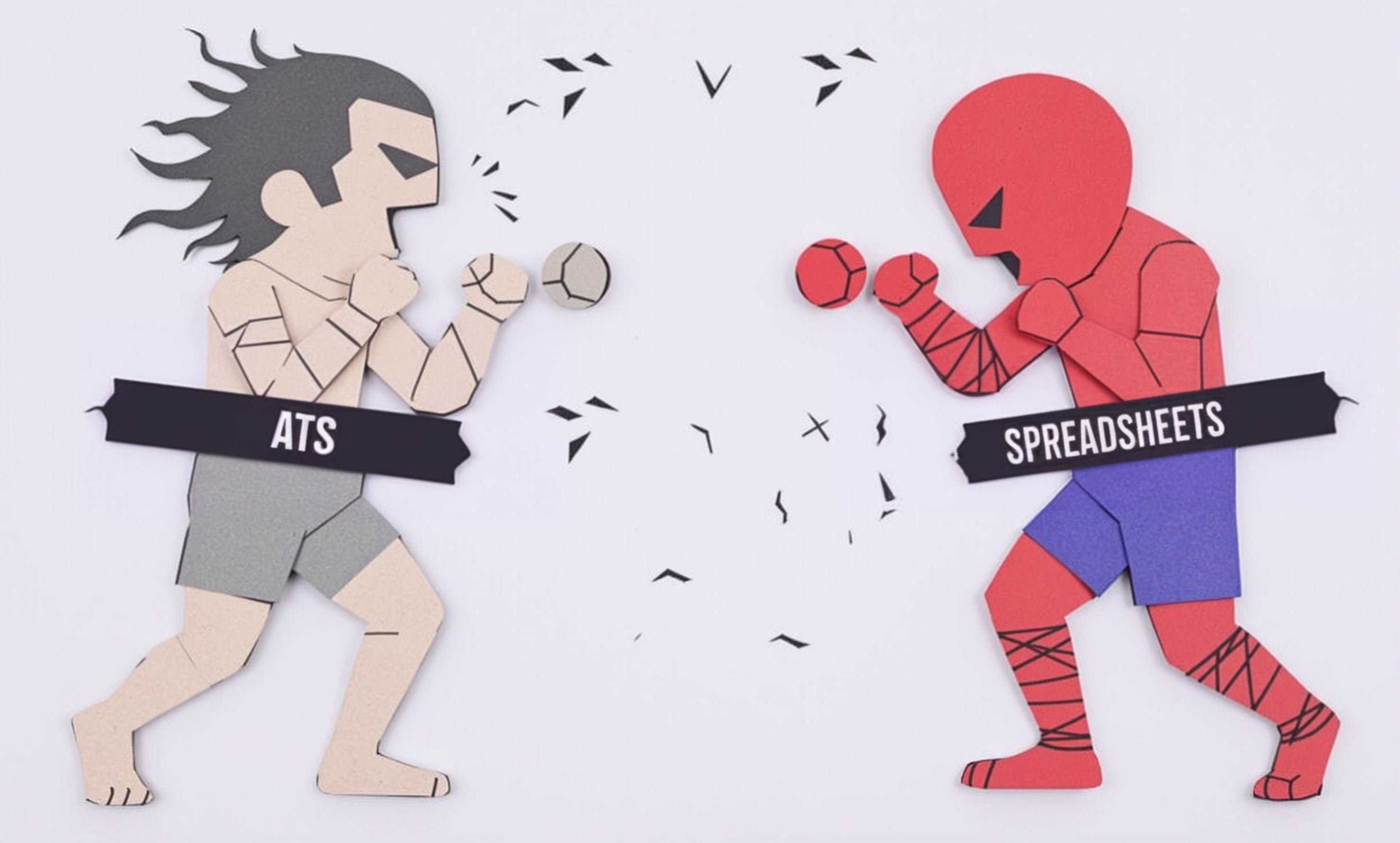
Exposure Sheets
Exposure Sheets, also known as X-sheets or dope sheets, are essential planning tools used in animation production. Think of them as detailed blueprints that show how each moment of an animation should play out. They help organize timing, dialogue, camera movements, and sound effects frame by frame. Just like a music sheet tells musicians when to play each note, exposure sheets tell animators exactly when and how to create each movement. This planning tool is vital for keeping animation projects organized and ensuring smooth collaboration between team members.
Examples in Resumes
Created detailed Exposure Sheets for a 30-minute animated television episode
Managed timing and sync points using X-Sheets for character dialogue and movement
Supervised junior animators in proper Dope Sheet creation and implementation
Typical job title: "Animation Timing Directors"
Also try searching for:
Where to Find Animation Timing Directors
Online Communities
Job Boards
Professional Networks
Example Interview Questions
Senior Level Questions
Q: How do you manage complex exposure sheets for projects with multiple characters and effects?
Expected Answer: A senior candidate should explain their system for organizing multiple elements, such as using color coding, establishing clear labeling conventions, and coordinating between different departments. They should mention experience in solving timing conflicts and managing revisions.
Q: Can you describe a challenging animation timing issue you resolved using exposure sheets?
Expected Answer: Look for answers that demonstrate leadership in solving complex timing problems, like synchronizing multiple character interactions or managing complicated action sequences. They should explain how they used exposure sheets to communicate solutions to their team.
Mid Level Questions
Q: How do you use exposure sheets to coordinate between animation and sound departments?
Expected Answer: The candidate should explain how they mark dialogue, sound effects, and music cues on exposure sheets, and how they ensure proper synchronization between animation and audio elements.
Q: What system do you use to track revisions on exposure sheets?
Expected Answer: They should describe their method for documenting changes, communicating updates to team members, and maintaining version control of exposure sheets throughout production.
Junior Level Questions
Q: What basic elements do you include in an exposure sheet?
Expected Answer: They should list essential components like frame numbers, action descriptions, dialogue timing, and basic camera movements. Understanding of these fundamentals is crucial.
Q: How do you translate storyboard timing to an exposure sheet?
Expected Answer: Look for understanding of breaking down storyboard panels into frame counts and how to note key poses and transitions on the exposure sheet.
Experience Level Indicators
Junior (0-2 years)
- Basic exposure sheet creation
- Understanding animation timing principles
- Simple dialogue breakdowns
- Basic frame counting
Mid (2-5 years)
- Complex character timing coordination
- Sound synchronization
- Multiple element management
- Revision tracking and control
Senior (5+ years)
- Advanced timing direction
- Team coordination and supervision
- Complex action sequence planning
- Production workflow optimization
Red Flags to Watch For
- Unable to read or create basic exposure sheets
- No understanding of animation timing principles
- Lack of experience with animation production workflow
- Poor communication skills for coordinating with different departments
Related Terms
Need more hiring wisdom? Check these out...

Beyond Spreadsheets: Why Executive Dashboards in ATS Systems Are Your Secret Hiring Weapon

Why Your Hiring Spreadsheets Are Secretly Sabotaging Your Recruitment

Global Compliance Checks: The Hidden Puzzle Pieces of Background Screening Revealed

